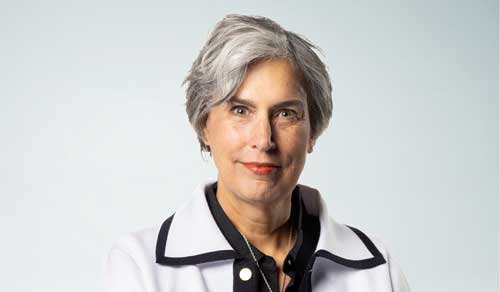A sign of progress
The challenge in implementing inclusive insurance is fundamental: Underwriting, by definition, is selective. It takes individual human beings, groups them into various classes, and then charges the individuals in some of those classes more than others.
Underwriting guidelines rely on a form of “discrimination” based on risk profiles, where applicants are separated into varying risk categories to determine premiums. This creates interesting conversations among regulators and consumer groups about what is justified risk management and what constitutes unfair discrimination. For example, under U.S. law, underwriting cannot be based on protected classes such as race, national origin, or religion. That is unfair discrimination.
But what about other attributes, such as age? Societies confronting an acceleration in the percentage of their aging population – such as the United States, Canada, and Japan – have increased the maximum age at which they will offer protection products. That age is as high as 90 in some markets, but such inclusivity in recognition of the aging of our global population in general has yet to become widespread.
Now is the time for more markets to consider including older individuals – and other groups that might currently face obstacles in obtaining insurance coverage – under the umbrella of financial protection. This would be an important step toward underwriting inclusion.
Faster isn’t necessarily better
Beyond the matter of who we offer protection products to is the question of whether our current processes and products are designed for greater inclusion. The recent drive to make applications shorter and the overall underwriting process simpler is a well-intentioned, positive step, but it can have negative impacts on inclusion in some cases. Fortunately, insurers can improve the way they modernize processes.
Consider this: One of the key findings from RGA’s behavioral science research is that reducing the number of application questions doesn’t necessarily make the underwriting process easier to understand for consumers, including less financially savvy consumers, nor does it facilitate application completion.
A better alternative to promote inclusion is to create questions – however many that might be – that are written clearly and concisely and that do not require the person answering them to think about the underlying reasons they are being asked. These questions should give underwriters the information they are looking for while smoothing the customer experience by requiring less reliance on financial literacy.
Beyond the number of questions, the trend to reduce the number of underwriting requirements continues and is being applied to products originally designed to be fully underwritten. Predictably, this simplification process often excludes more applicants and turns out to be less inclusive.
Again, simplification may appear to be a positive, well-intentioned step for the industry and for consumers. However, the downside is that some applicants will fail to qualify for coverage via automated or accelerated processes. Insurers therefore need to ensure these applicants can be considered for coverage via full, manual underwriting – as they would have been before any simplification occurred. In this way, no one is unfairly excluded by progress.
Even more important than the number of questions and underwriting requirements, though, is the need for simpler products and contract wording. Critical illness coverage offers an example.
These products rely on specific definitions of claimable conditions that often seem to necessitate a medical degree to fully understand. This coverage can vary based on the severity of the condition, which comes with its own set of definitions. Combine all this, and it can be extremely challenging for even well-educated, financially savvy clients to understand exactly what they might be entitled to at claim time.
For someone who is not financially literate, such products can be overwhelming, at best.
RGA leads the way
At the core of RGA is our purpose to make financial protection accessible to all. That is not a mere tagline. It is a principle by which we feel the insurance industry should live.
RGA has taken the lead by investing in new technology that promotes inclusion and by helping its clients develop new products that expand reach to the traditionally underserved. For example:
- RGA has invested in Inclusivity Solutions, an insurtech company that works with mobile operators and other mass-market aggregators to deliver digital insurance solutions to meet the needs of emerging customers. This has provided protection to more than 1 million previously uninsured people in Africa.
- New microinsurance products in Africa have opened avenues for women to receive greater financial and health protection.
- Amae, Mexico’s first digitally delivered insurance product, is targeted specifically to those with Type 2 diabetes.
- A new multi-protection plan in Singapore covers a range of critical illness conditions, total and permanent disability, terminal illnesses, and death.
These efforts showcase RGA’s commitment to empowering clients to promote financial inclusion.
A more noble new market
In recent years, much of the focus in our industry when it comes to expanding into new markets has been on targeting high net worth groups. While the policy size makes the business quite lucrative, these reflect a relatively small customer segment. Developing offerings specifically for those with lower or marginal incomes could offer even more opportunity.
As we consider financial inclusivity and, specifically, inclusivity in underwriting, it will take some creative thought and the support of automation, where possible and feasible, to help contain costs for insurers to become more inclusive.
This is a win-win. Insurers can grow their businesses by tapping into a new market, and the traditionally underserved are afforded protections that have eluded them up until now.
Explore: Learn how partnering with RGA connects you to our purpose to make financial protection accessible to all.




